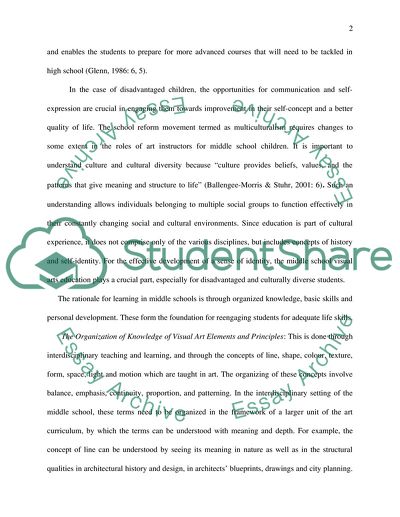Cite this document
(The Middle School Approach With a Focus on Visual Arts Essay, n.d.)
The Middle School Approach With a Focus on Visual Arts Essay. https://studentshare.org/education/1548208-how-does-middle-school-approaches-particularly-with-an-visual-arts-focus-help-to-reengage-kids
The Middle School Approach With a Focus on Visual Arts Essay. https://studentshare.org/education/1548208-how-does-middle-school-approaches-particularly-with-an-visual-arts-focus-help-to-reengage-kids
(The Middle School Approach With a Focus on Visual Arts Essay)
The Middle School Approach With a Focus on Visual Arts Essay. https://studentshare.org/education/1548208-how-does-middle-school-approaches-particularly-with-an-visual-arts-focus-help-to-reengage-kids.
The Middle School Approach With a Focus on Visual Arts Essay. https://studentshare.org/education/1548208-how-does-middle-school-approaches-particularly-with-an-visual-arts-focus-help-to-reengage-kids.
“The Middle School Approach With a Focus on Visual Arts Essay”. https://studentshare.org/education/1548208-how-does-middle-school-approaches-particularly-with-an-visual-arts-focus-help-to-reengage-kids.


